The Camera Gear for the Lofoten Islands, this issue was discussed at one of the forums DPreview. I decided to help my readers and posted an article about it.
Camera
Full frame Canon R6.
I want a camera that I can control completely manually. I want to have complete control over the exposure. A professional full-frame camera is what I need.
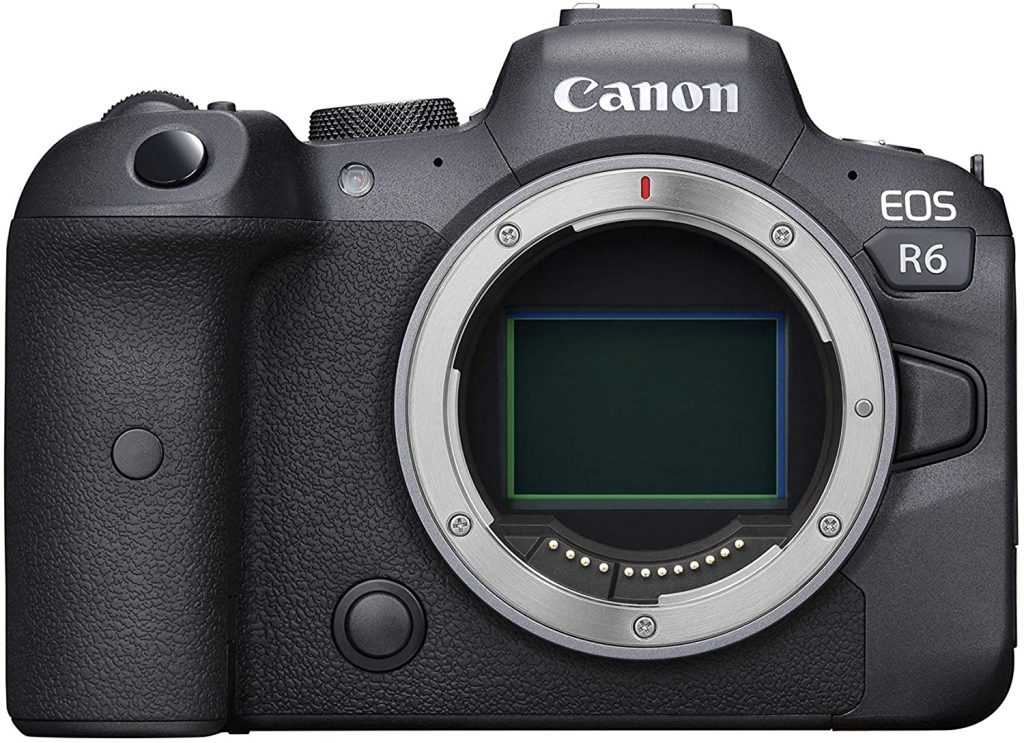
Lenses
I like taking pictures with a close foreground. For many locations in Lofoten Islands, a wide-angle lens is really necessary. 15-35mm is ideal for 35mm cameras.
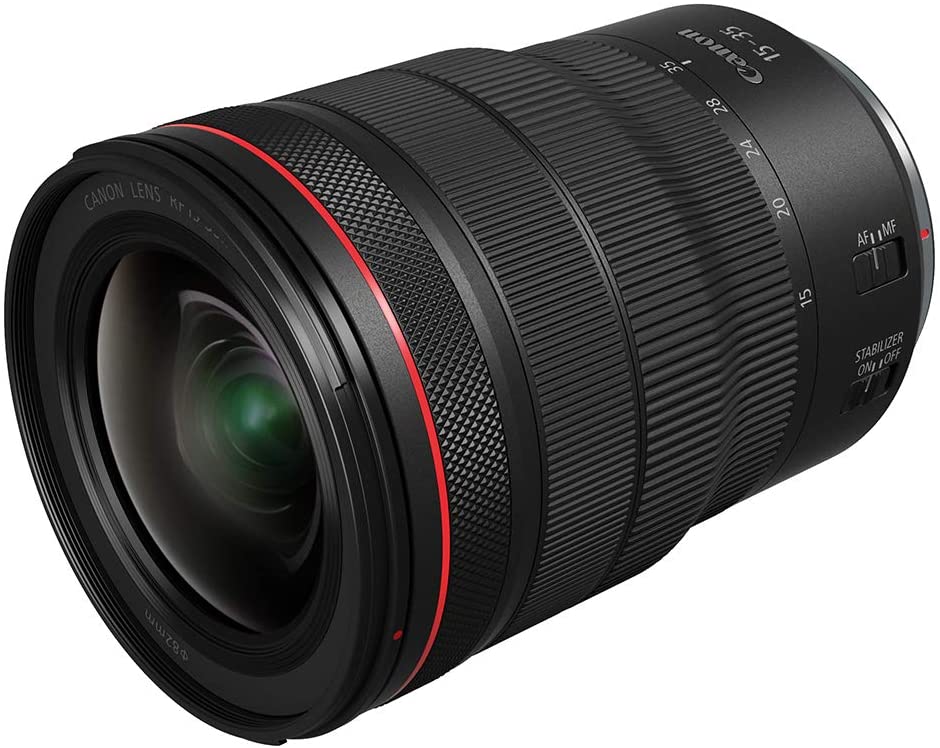
This lens is the most needed for shooting in the Lofoten Islands.
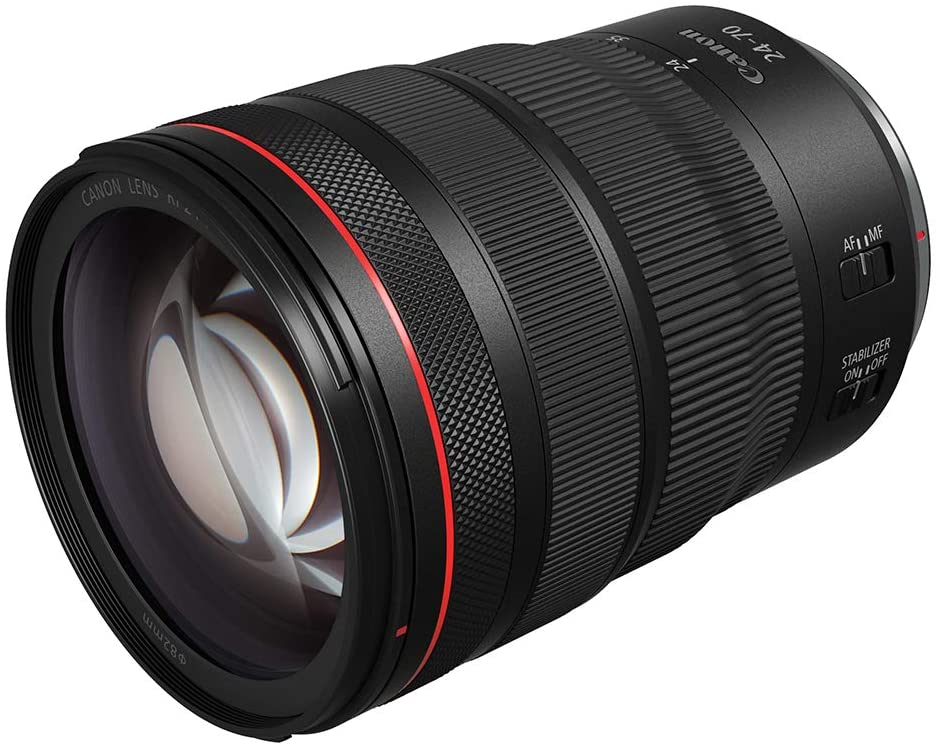
Sometimes I use tele-photo lens. Most often for shooting mountain peaks.
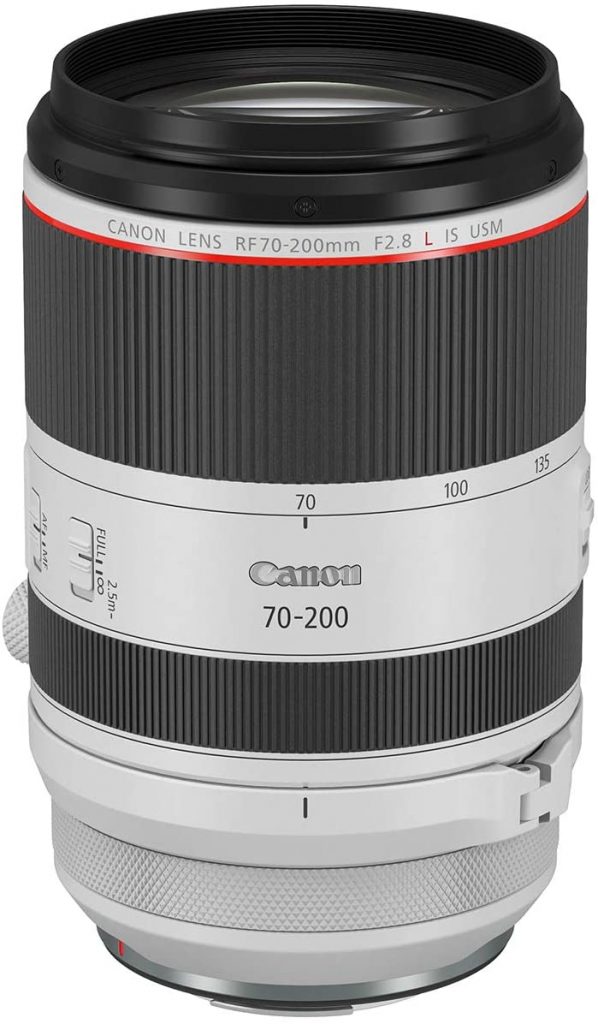
I pick 16-35 f / 4, 24-70 f / 4 and 70-200 f / 4. But if the weight of the equipment is important to you, you can leave a 70-200mm lens at home.
Filters
I like to shoot landscape on a long exposure. There are some filters that I use most often in my seashore landscapes.
I take a polarizer – always.
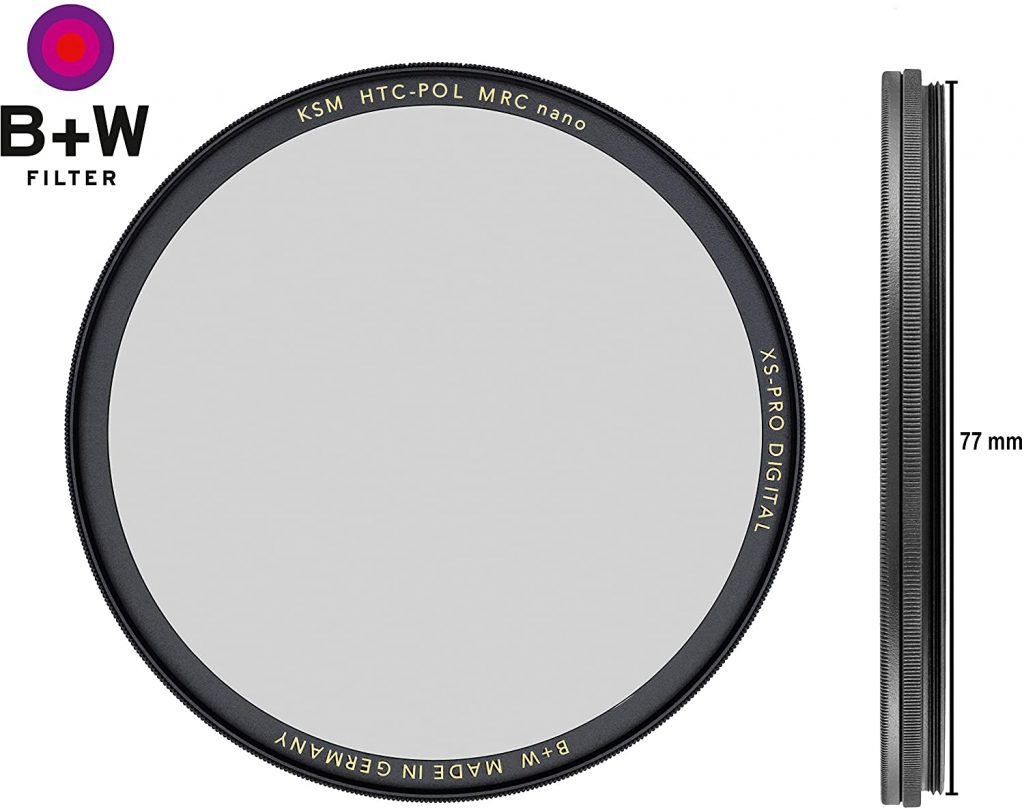
I also use ND and GND filters.
There are filters in my bag: 100mm Starter Kit III with V6 Filter Holder and Enhanced CPL. You may think this set is too expensive, but it really isn’t. The set I recommend has all the basic filters you need for landscape photography.
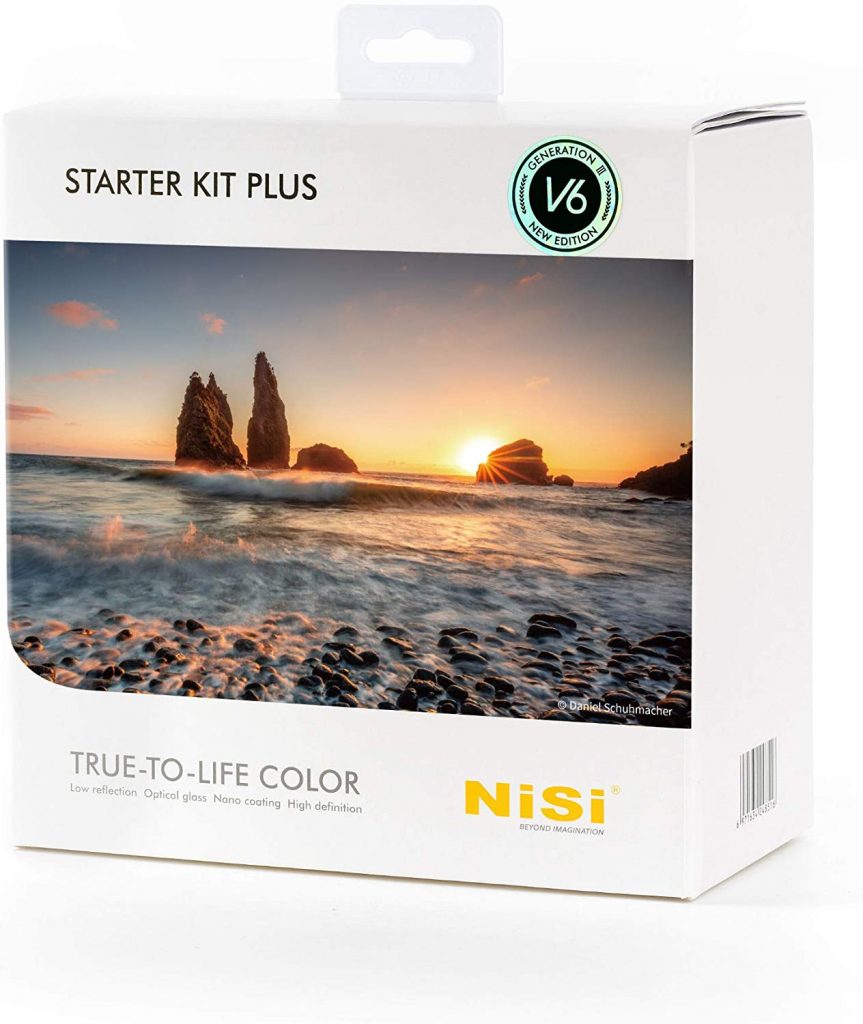
Tripod
Carbon tripod Gitzo 3 series. I love Gitzo. Note the letter L in the model name. This means the long version. For people taller than average, this tripod will be more comfortable.
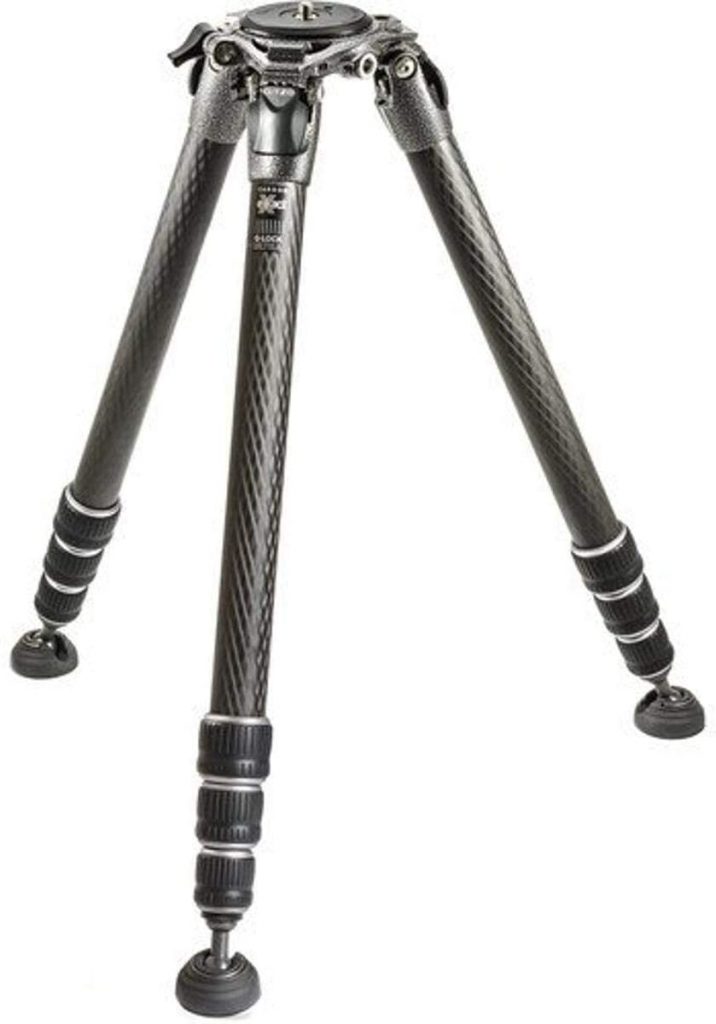
Center Ball Head
It is convenient for me to use ball-and-socket Gitzo as I can rotate the camera freely. The ball head holds the camera firmly in place and is very comfortable.

L-bracket for Canon
This is a very useful accessory. I can change the camera orientation from portrait to landscape in a couple of seconds. Moreover, the tripod is more stable when using the L-bracket.
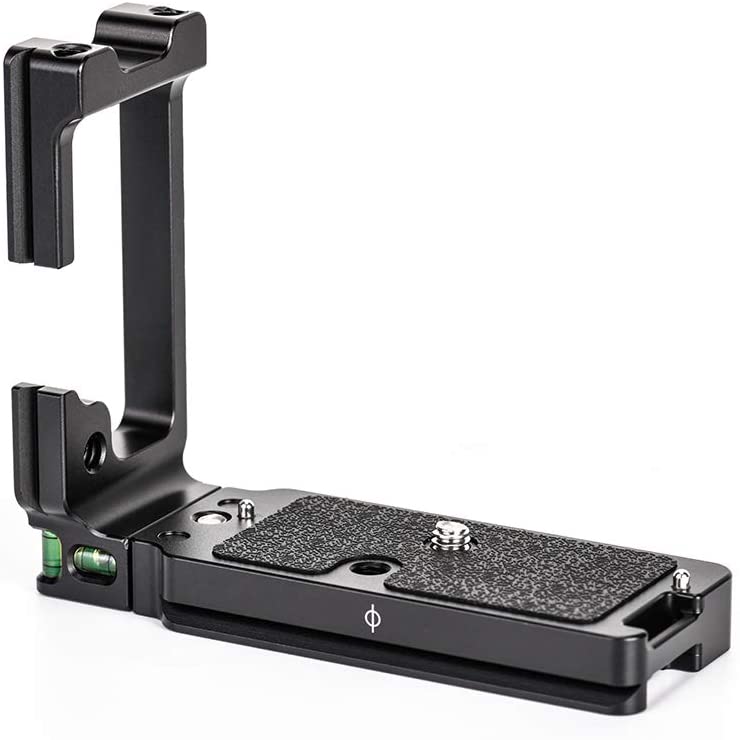
Tripod spikes
This is a very useful accessory for a tripod. Your tripod will give more stability on any ground.
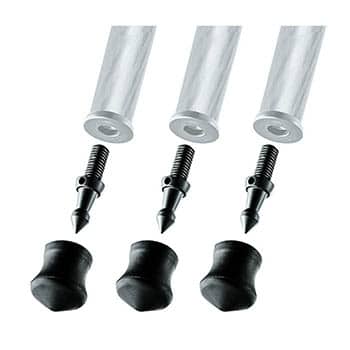
A cable release
Shooting without cable release can make movement blur during long exposure photography.
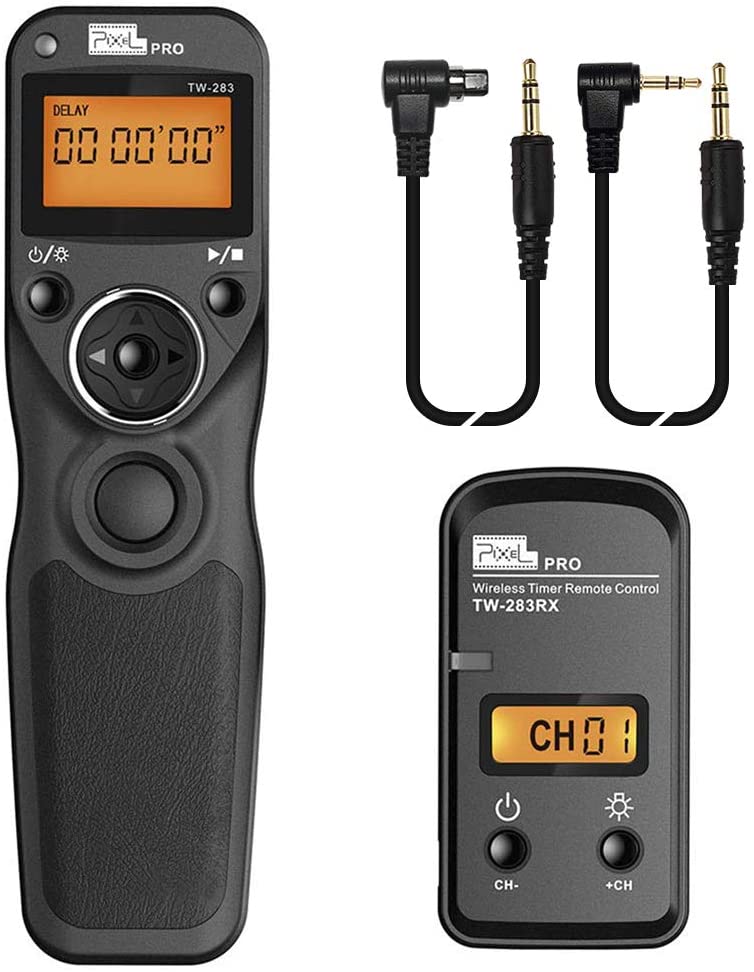
Peak Design Black Shell Large Form-Fitting Rain and Dust Cover
Protect your camera from water, snow, dust. Shell’s unique tight-fitting design uses stretchy fabric with a waterproof membrane. This case will keep your camera safe.

Peak Design Capture Camera mount V3. Black No Plate
Unlike a camera strap, the Capture provides rigid camera stability while hiking, biking or moving around the studio. Unlike a camera bag, the Capture provides instant access to your camera at the touch of a button.
Your camera locks into the clip, where it’s held securely and firmly. To remove, press the lockable quick release button. Accommodates more than 200 lbs. (90 kg), making it sturdy enough for the heaviest professional camera and lens combinations.
V3 upgrades: much smaller, much lighter, all-metal construction, ultra-smooth machining/anodizing, comfortable ergonomic design.
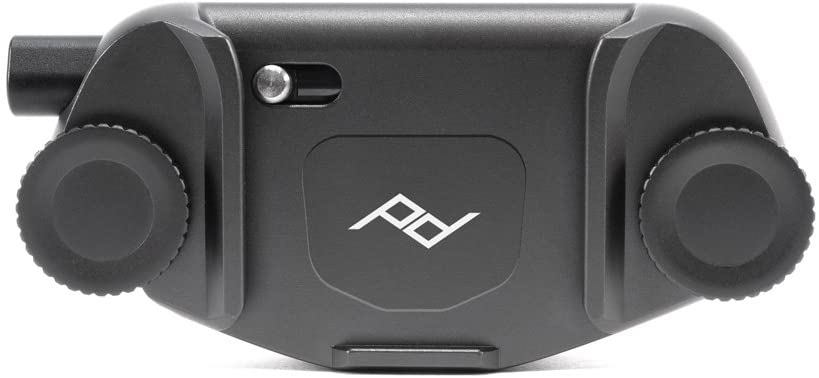
Peak Design Black Slide Camera Strap SL-BK-3
The most versatile professional camera strap, the newly upgraded Slide can be worn on a belt as well as around the neck or shoulder.
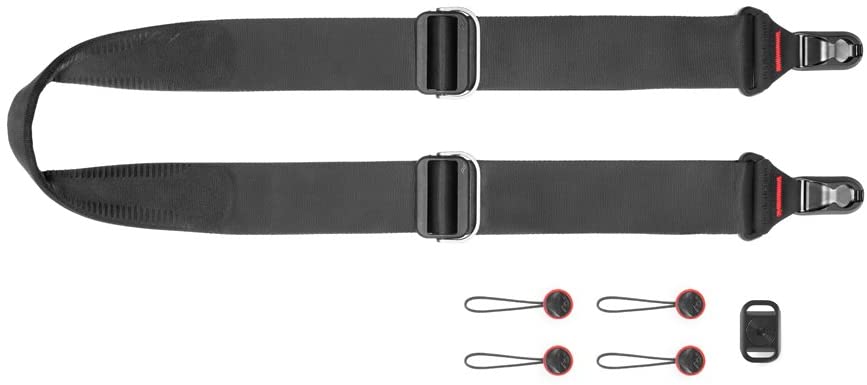
Microfiber Cloths
They constantly get wet. I have 4-5 dry microfiber cloths in my camera bag.
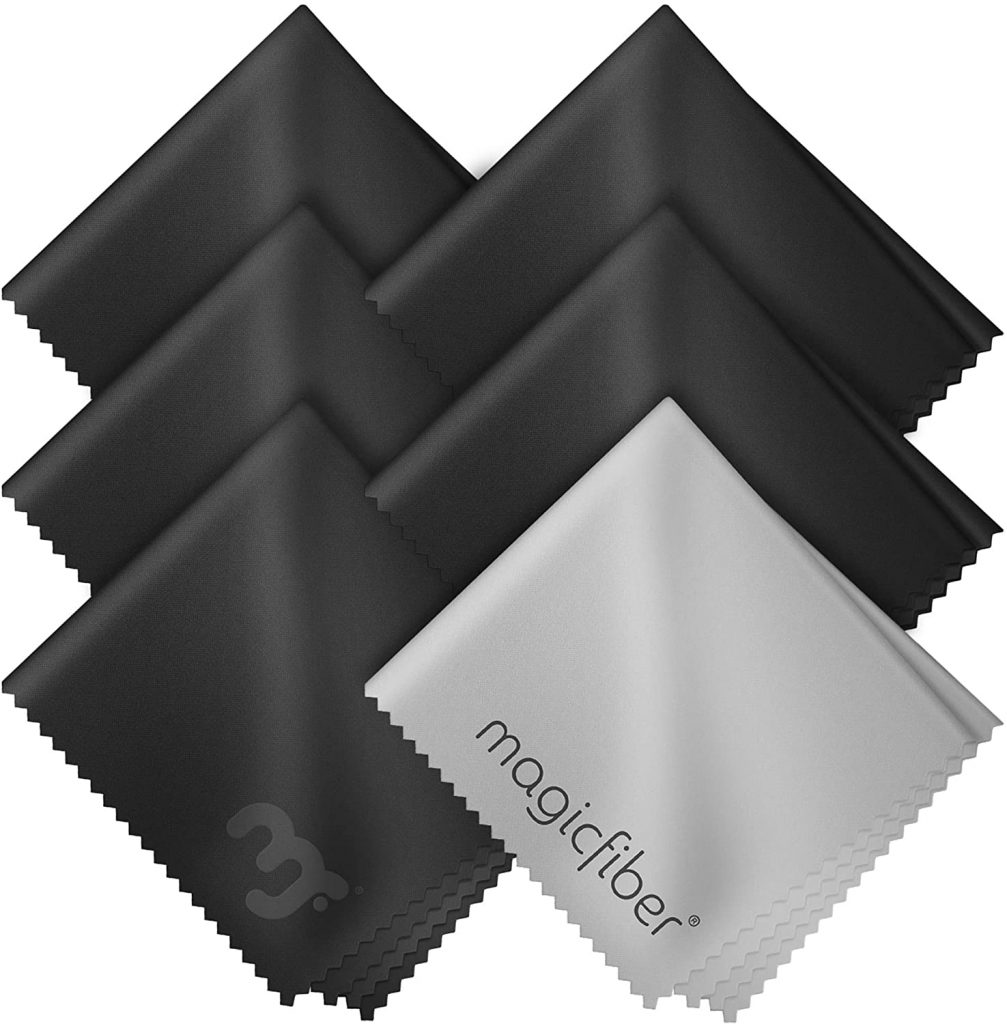
CD Card
I do not recommend buying cards with a very large amount of memory. If the card fails, you risk losing all your photos at once.
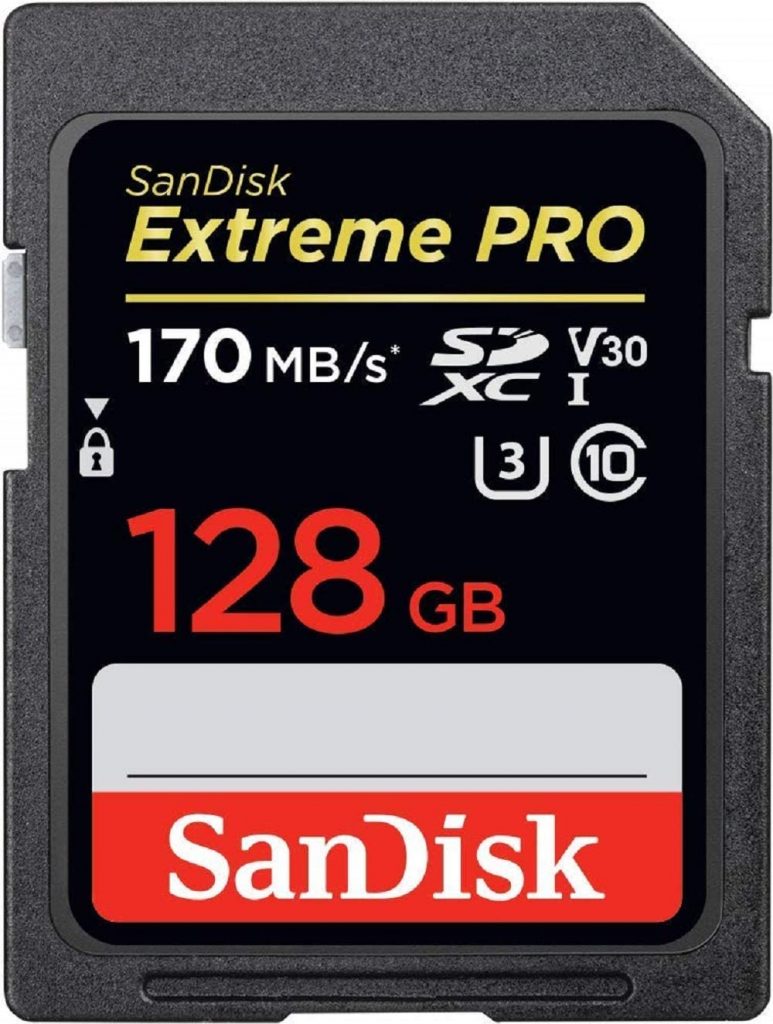
This holder is a real boon. Cards are no longer scattered in the bag and they are easy to sort by placing filled and blank СD cards separately.
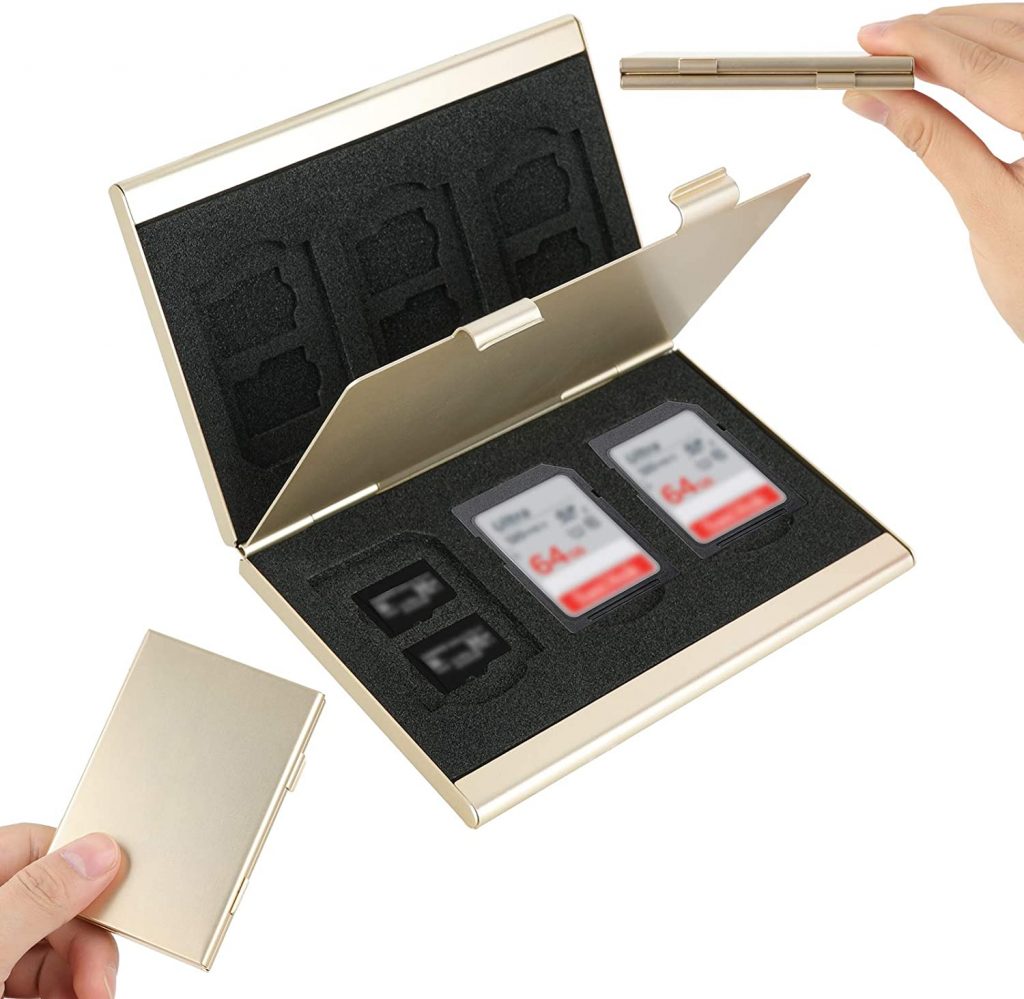
Don’t forget to save your photos to a separate device after each photo session. Even if the SD card is not full, make a backup.
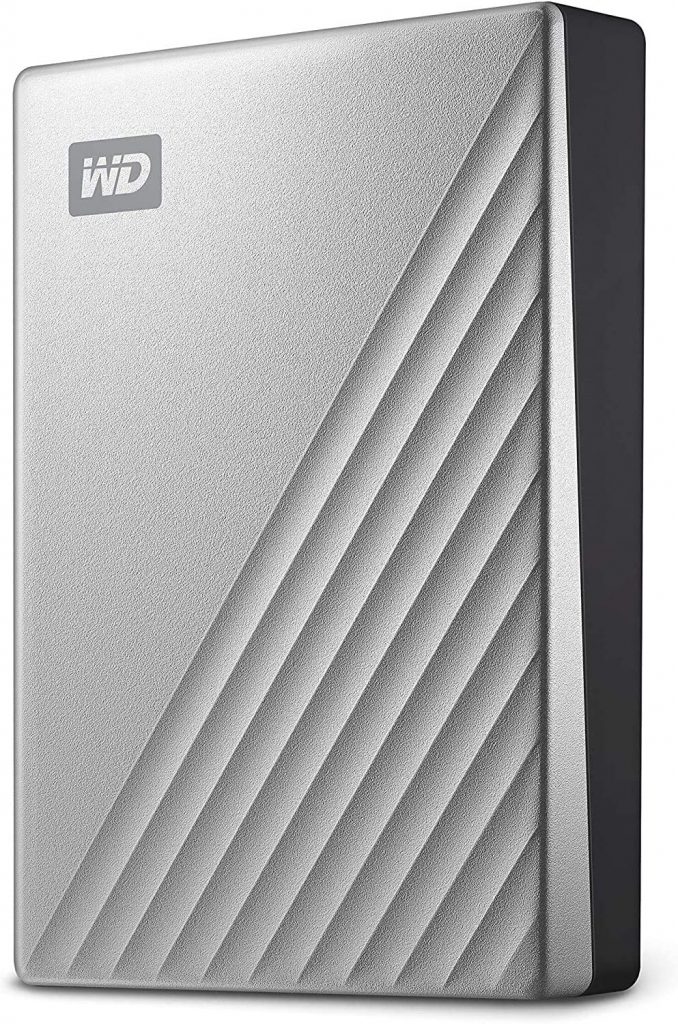
This is far from a complete list of what a photographer has in his arsenal, but I optimized it to keep it lightweight and have everything you need.4
I prefer full-frame DSLRs, but my friend from Canada is an Olympus camera adept and a perfectionist when it comes to all things travel gear. Be sure to check out his article on most essential travel items for any trip.
Leave a Reply